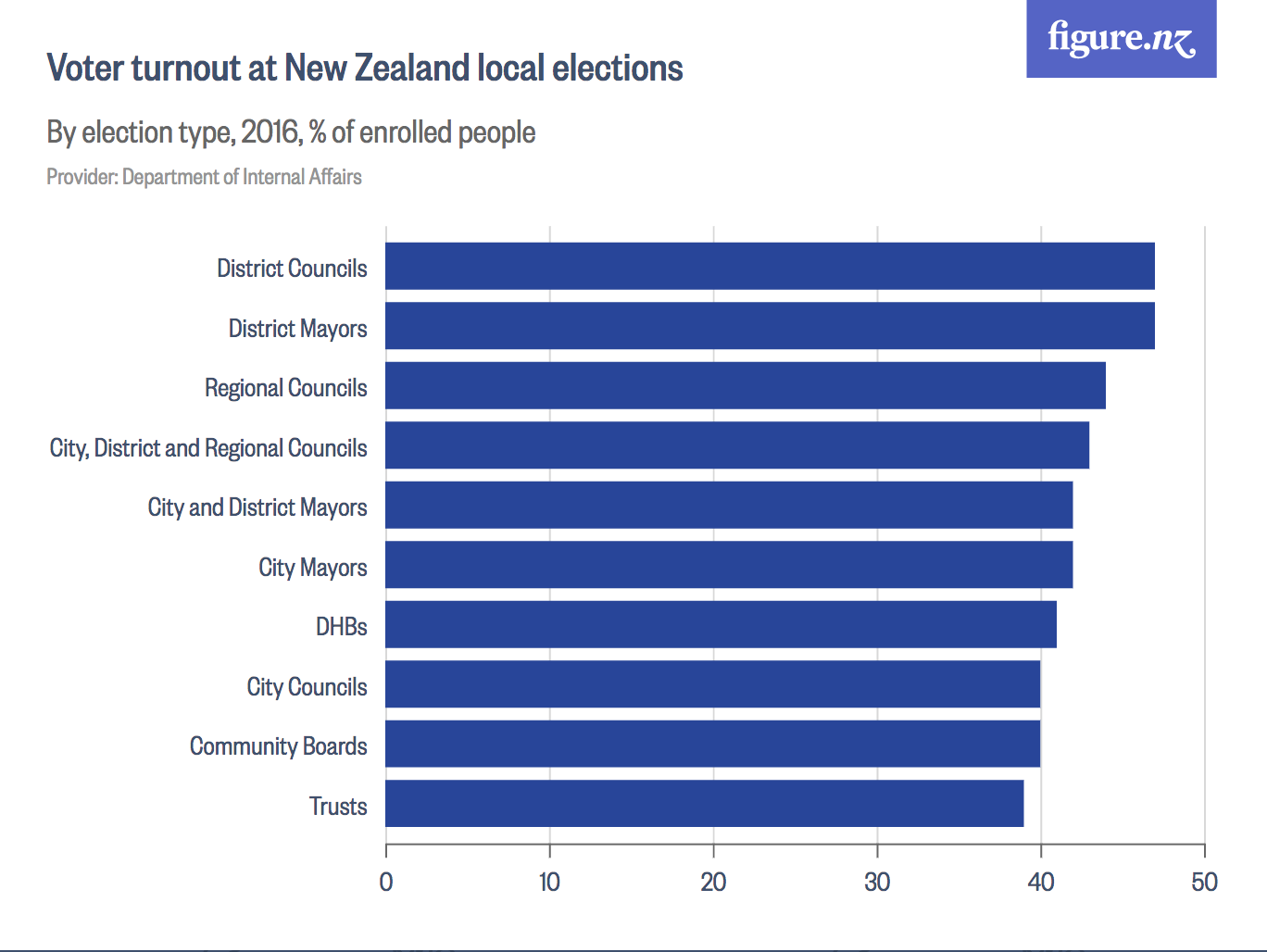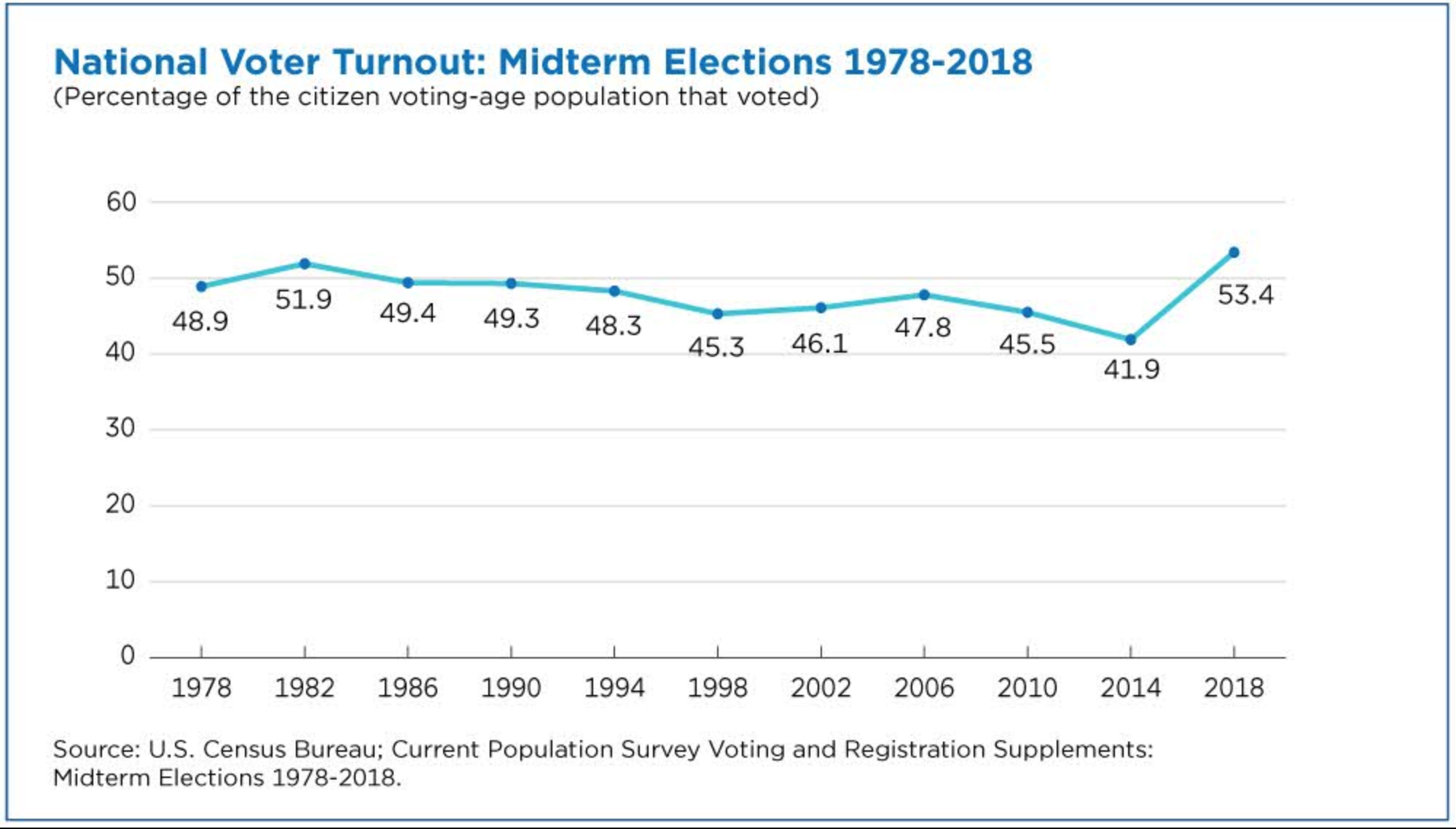Voting
Guess what? I recently registered to vote in New Zealand! As it turns out, all permanent residents are eligible to vote. The definition of permanent resident for the purposes of voting are someone over 18 who doesn’t have a “leave by” date on their visa. In other words, if you can stay indefinitely, you can vote. In fact, once you’ve lived here a year, you are required to enrol to vote, though voting itself is optional.
Enrolling is very simple. Fill out this form, and then upload it here. There are other ways to enrol, like visiting a PostShop, but the online process is by far the easiest. A few days after sending in the form, I received a personal registration code in the mail which I used to verify my email address and register for RealMe. If I move, I can use the RealMe login to change my voter registration details. (I have no plans of moving. Ever. Again.)
Voting is done a little differently here than in the US. If I had registered in time (by August 16 this year - whoops!) I would’ve received my ballot in the mail. There are local elections going on right now. I could fill out my paper ballot, mail it in, and be done with it. Since I didn’t enrol in time, I’ve got to fill out a special ballot, which I got in the mail after calling the voting office in town.
However, unlike in the US where there feel like a million barriers to voting, here they make it pretty easy. In Auckland, you can request a special ballot by phone like I did, or pick one up at any number of service centers, libraries, or special pop-up one-stop voting shops (where you can register and vote at the same time!) that are scattered around town at popular places like night markets.
There are two different kinds of voting in the Auckland elections. The mayor, councillors, local board members and trust board members are elected in the usual winner-take-all style ballots. The district health board members are elected by ranking the candidates in a single transferable vote (STV) process, so whoever has the most first preferences fills a vacancy first, is elected. Any overage past a majority vote is passed on to the second preferences. This transfer of overages continues until all of the vacancies are filled. It is a good way to ensure that there is a highly qualified mix of candidates.
You’ll notice on the ballot that there are tons of candidates running for different offices. I found a comprehensive list of them all here and used the candidate information pages to start learning about their positions. Many listed separate websites for additional information on what they planned to do if elected. After doing some research, I realized there are three general categories of candidates: business/growth centric, environment-focused, and single issue. There were a number of different political parties represented (everything from Communists to Green members) and many, many independents running. It was quite different from the sparse choices on a US ballot!
All ballots must be received by the voting office by midday on the 12th, and results are tabulated over the following days. Local elections are somewhat akin to midterm elections in the US, and voter turnout numbers aren’t that different for the two countries.
However, when it is time for a big, national election - and both countries will hold them in 2020 - New Zealand far exceeds the United States. In fact, New Zealand does pretty well compared to most of the world.
So here’s to voting - something I’m thrilled I can do in New Zealand. I also can’t help but wonder what it would be like it Green Card holders in the US were able to vote. Or if voter registration was required. Or if there were mutliple, viable political parties and a strong independent candidate contingent. Things would be VERY different, don’t you think?









